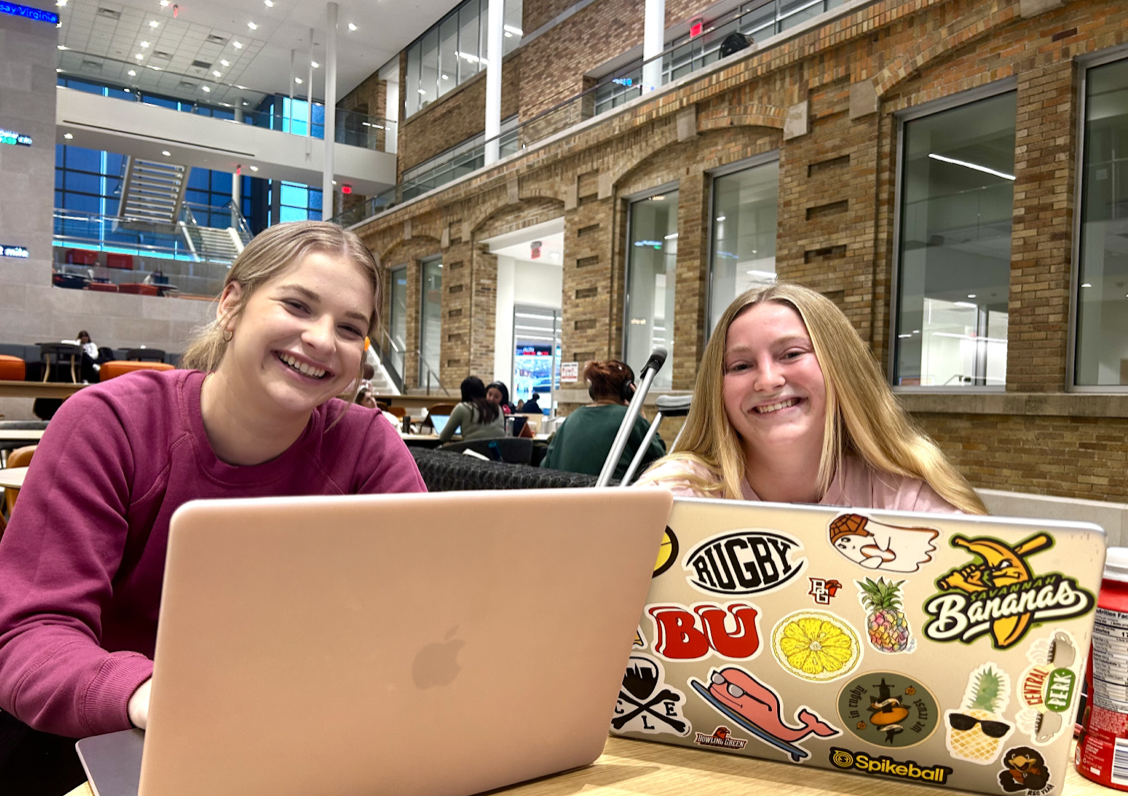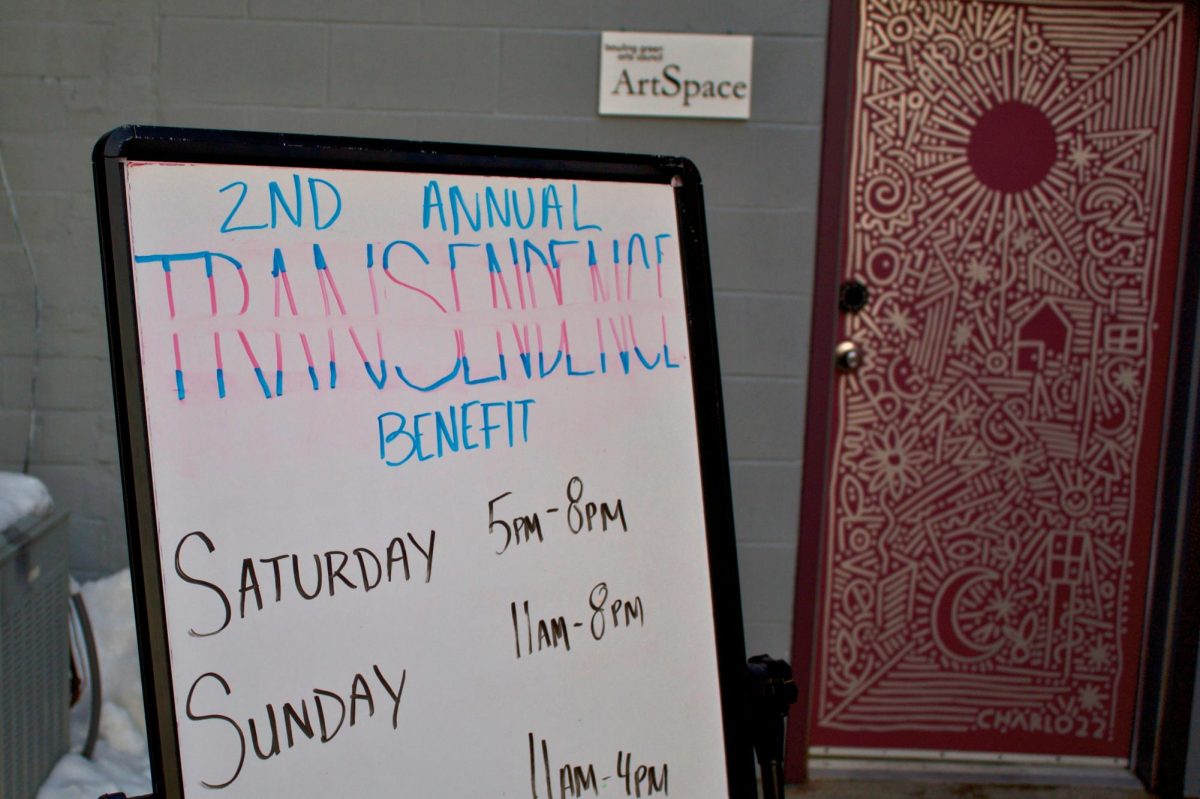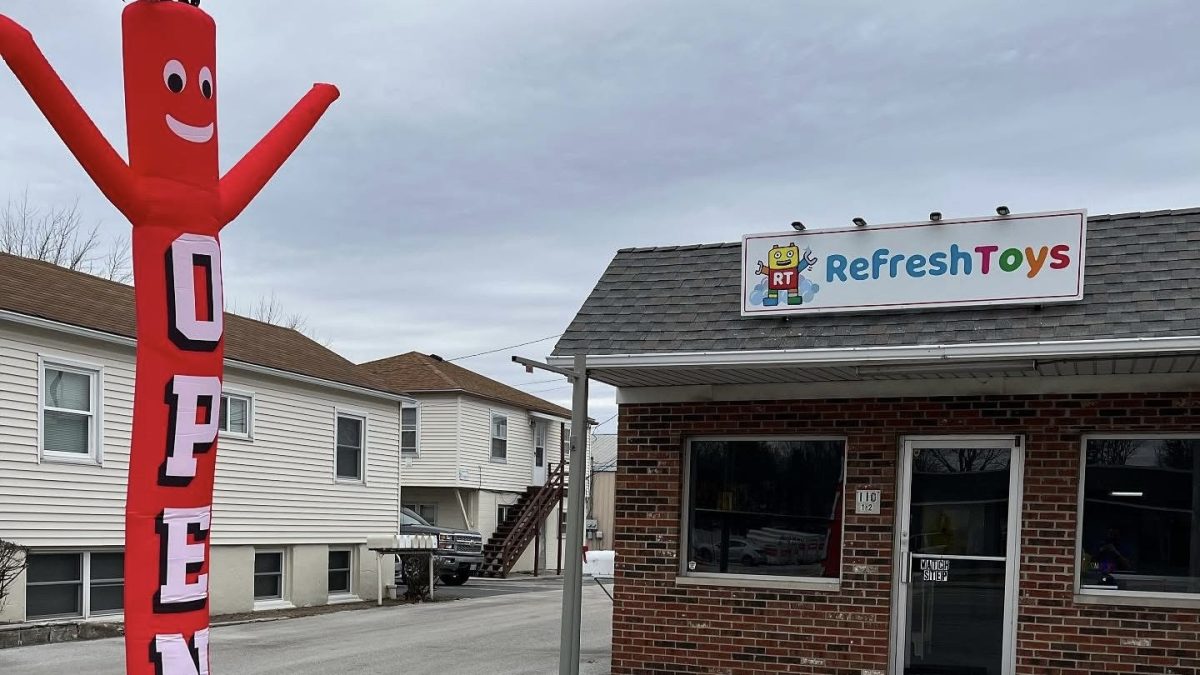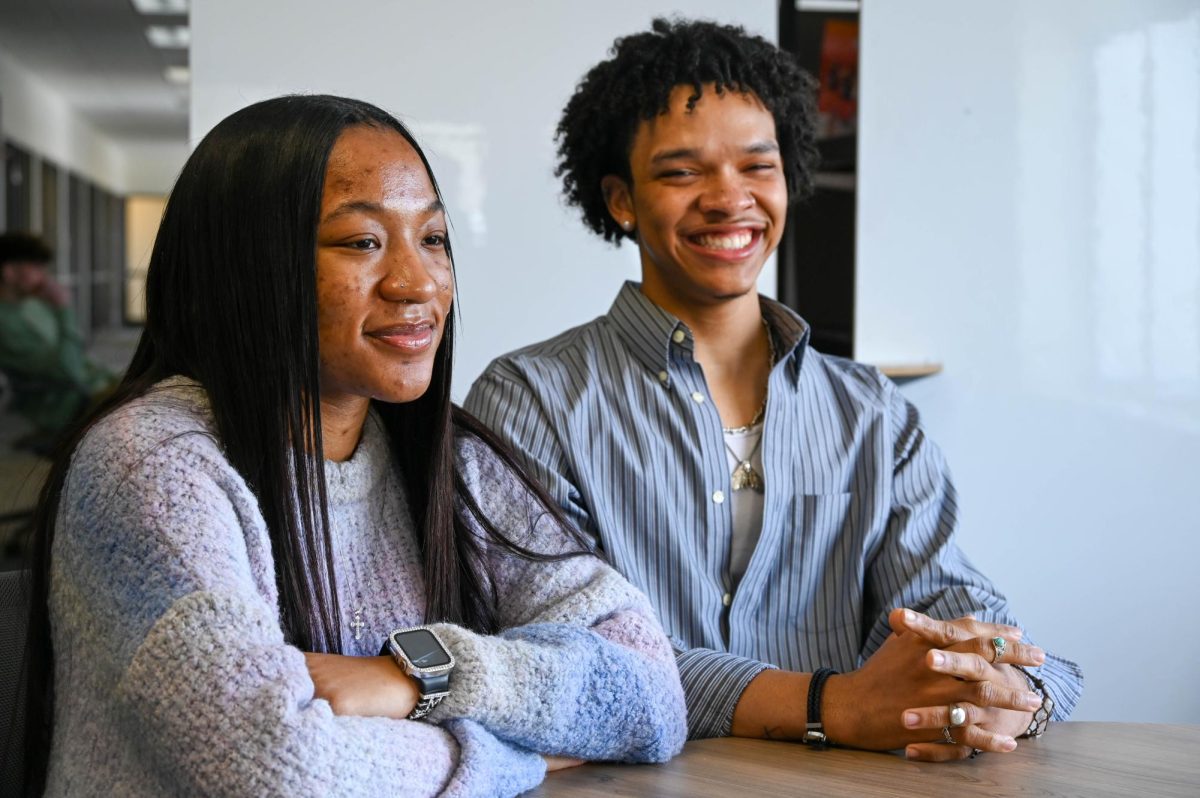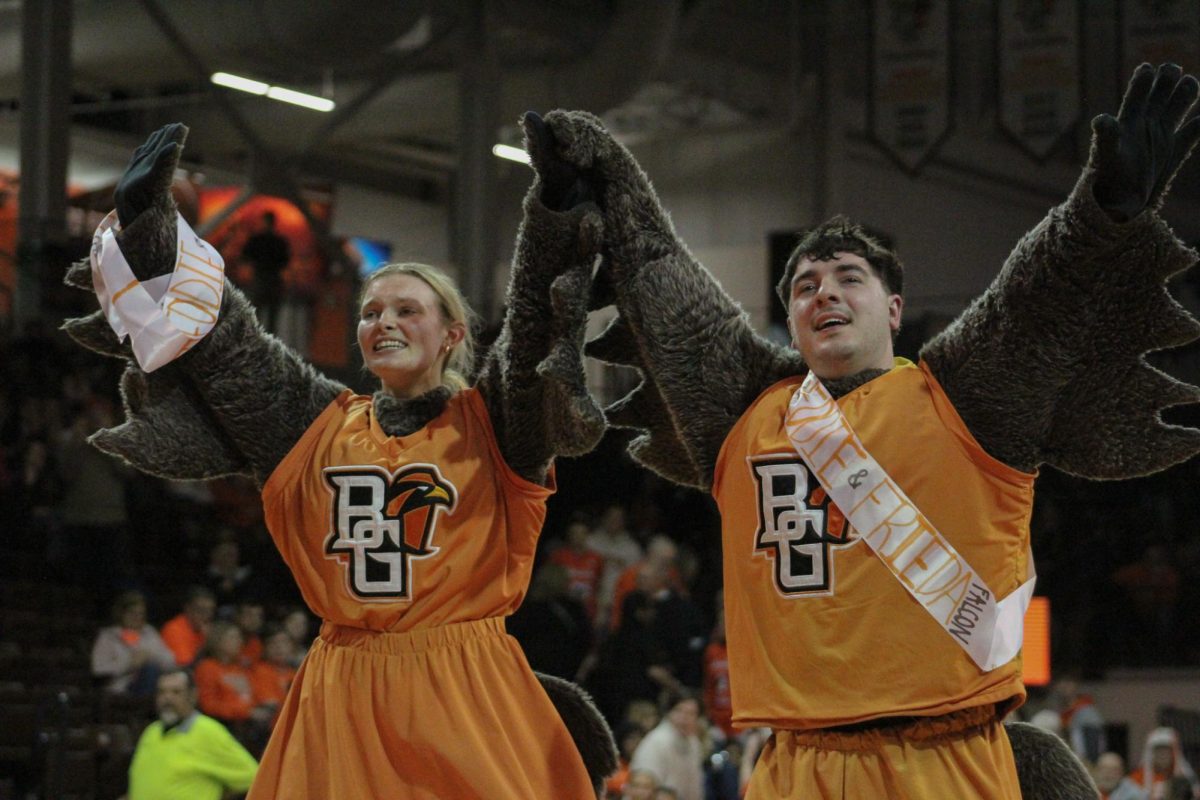While the University may or may not be out $15 million from a fraudulent investment announced earlier this year, it is working to protect current assets with its new investment consultant.
Hammond Associates out of St. Louis, Mo., began handling the University’s investments after the University announced the $15 million invested with Westridge Capital Management Inc. could be lost after the Securities and Exchange Commission and the Commodity Futures Trading Commission filed enforcement actions against Westridge in federal court.
At that time, a federal district court in New York ordered all Westridge assets be frozen and appointed a receiver to assume control of Westridge’s assets and funds to take actions to protect Westridge clients.
Chris Adkerson, Hammond Associates senior consultant, said his company manages roughly $50 million in assets and consults more than 200 clients, including Michigan State University.
Specializing in institutions, Adkerson said Hammond Associates has 23 people researching different investment opportunities for clients.
‘Higher ed is our niche,’ he said. ‘We’ve got a pretty well-rounded amount of people in research. That’s a big plus for us.’
Meanwhile, the temporary receiver, Robb Evans and Associates LLC, is determining what the lost assets are, who is entitled to them, and what the proportional distribution between the 30 to 40 institution investors affected by the fraud should be.
University Chief Financial Officer Sherideen Stoll said she expects it will be three to six years before they know what portion of the $15 million the University will get back.
She said while the receiver has requested the court authorize select investors pay back some assets for proportional distribution among all clients, some investors are not on board with the idea.
‘There’s a lot of jostling for who gets in line,’ Stoll said.
Dave Kielmeyer, senior director of communications at the University, said one of the biggest and time-consuming duties the receiver has is deciding how far to ‘claw back’, or retrieve funds involved in the fraud.
Kielmeyer said there is some good news, however.
‘There are assets there,’ Kielmeyer said. ‘It looks like we will recover something. We don’t know how much yet.’
Stoll said she is comfortable working with Hammond Associates, which employs in-person interviews, on-site interviews, lengthy questionnaires and exhaustive reference checks before recommending potential investments. The consultants also made a good impression with the joint investment committee, which reviews and makes recommendations to the University and the Foundations Boards pertaining to investments. (The next meeting is Dec. 2.)
‘One of the questions we asked them was, ‘Have you ever had a client that invested in a fund you recommended that ever got involved with a fraud?’ And they said ‘no’,’ Stoll said.
Stoll said the University also relies on the financial expertise of its Foundation Board and Board of Trustee members to make solid investment decisions.
Although Adkerson could not comment on the University’s past investment firm relationship, he said his firm’s research is always key.
‘When it comes to due diligence, you have to do quite a bit of it,’ he said.
Adkerson said while he is confident in his company’s investment suggestions, it is ultimately the client’s decision of whether or not to invest.
‘We don’t really have any free rein,’ he said. ‘This is objective investment advice. At the end of the day, it is the joint investment committee’s choice what they do.’
As for future safeguards, Kielmeyer said even the smartest financial advisors can only do so much.
‘There’s really no protection against outright fraud,’ he said.







